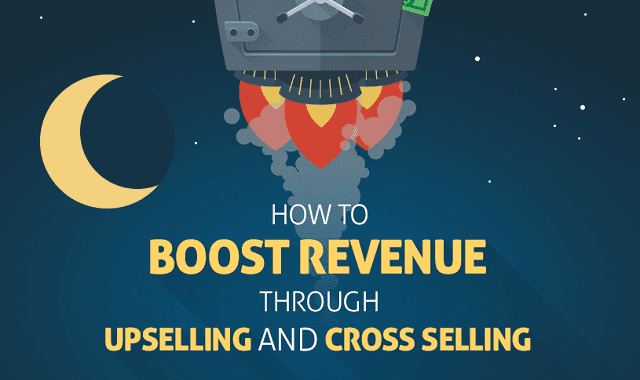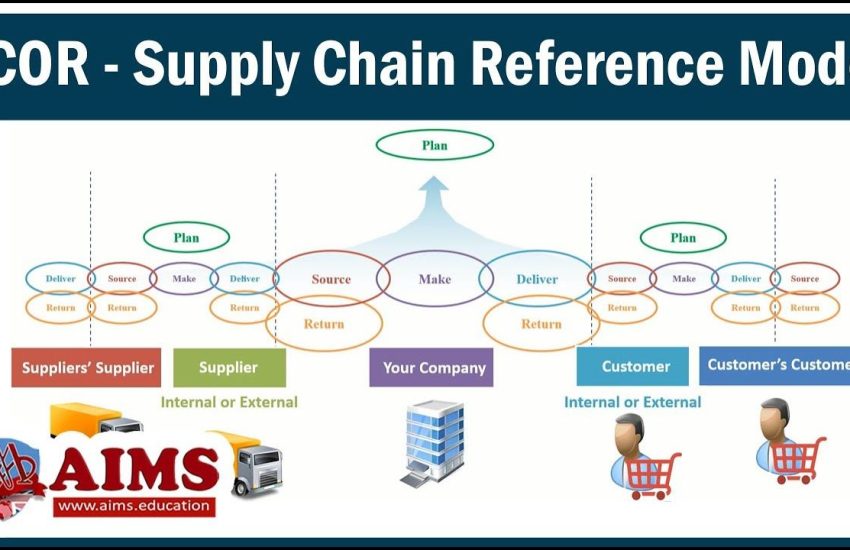Upselling and Cross-selling Techniques: Boosting Revenue
In today’s highly competitive business landscape, finding effective strategies to boost revenue is crucial for every company. Upselling and cross-selling techniques have proven to be valuable tools in accomplishing this goal. By effectively implementing these techniques, businesses can increase their sales and profitability while providing additional value to their customers. In this article, we will explore these techniques and how they can be utilized to drive revenue growth.
What is Upselling?
Upselling is a sales technique where a customer is encouraged to purchase a higher-end or upgraded product or service. The aim is to persuade the customer to spend more by offering enhancements or additional features that will enhance their overall experience. Upselling is commonly utilized in various industries, including retail, hospitality, and e-commerce.
Key Strategies for Effective Upselling
When implementing upselling techniques, it is essential to remember that the customer’s needs and preferences should always be prioritized. Some key strategies for effective upselling include:
Understanding the customer: Tailor the upsell offer based on the customer’s preferences, previous purchases, and budget.
Highlighting the value: Clearly communicate the benefits and added value the customer will receive by purchasing the higher-end product or service.
Timing: Choosing the right moment to present the upsell offer is crucial. It should be introduced at a point when the customer is already interested and engaged.
Personalization: Customize the upsell offer to suit the customer’s specific needs or preferences. This creates a sense of exclusivity and makes the customer feel valued.
Incentives: Offer incentives such as discounts, freebies, or exclusive memberships to entice customers to choose the upsell option.
Exploring Cross-selling Techniques
Cross-selling is a technique used to encourage customers to purchase additional products or services that complement their initial purchase. It involves offering related or additional items that enhance the customer’s experience or provide convenience. Cross-selling can significantly increase a business’s average transaction value and customer loyalty.
Effective Cross-selling Strategies
Implementing cross-selling strategies requires strategic planning and a clear understanding of the customer’s needs. Some effective cross-selling strategies include:
Product bundling: Group together related products or services and offer them at a discounted price when purchased together.
Customer education: Educate customers about the benefits and value of the complementary products or services.
Post-purchase communication: Follow up with customers after their initial purchase and suggest relevant complementary items.
Personal recommendations: Leverage customer data and purchase history to offer personalized recommendations for products or services they may find useful.
Exclusive offers: Provide exclusive discounts or promotions for cross-sell items, making it more enticing for customers to make additional purchases.
The Benefits of Upselling and Cross-selling
Implementing upselling and cross-selling techniques can offer numerous benefits to a business, including:
Increased revenue: By convincing customers to make higher-value purchases or additional purchases, businesses can boost their overall sales and revenue.
Improved customer satisfaction: Providing customers with personalized recommendations and options that enhance their experience can lead to higher satisfaction levels.
Enhanced customer loyalty: When customers feel valued and receive personalized attention, they are more likely to become loyal patrons and recommend the business to others.
Improved inventory management: Cross-selling allows businesses to effectively manage inventory by promoting complementary products or services, reducing stock of slow-selling items.
Competitive advantage: Companies that effectively implement upselling and cross-selling techniques gain a competitive edge by offering a more comprehensive and tailored shopping experience.
Conclusion
Upselling and cross-selling techniques are valuable strategies that businesses can utilize to boost their revenue and provide additional value to customers. By implementing effective upselling and cross-selling strategies, companies can increase sales, improve customer satisfaction, and gain a competitive advantage in the market. Understanding customer preferences, personalization, and clearly communicating the value proposition are key factors in successfully implementing these techniques. With proper planning and execution, upselling and cross-selling can become powerful revenue-boosting tools for any business.


